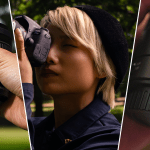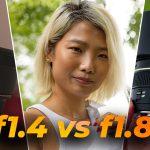In this review, we’re going to have a look at two lenses, the Canon EF 50mm f1.4, and the Canon EF-S 18-55mm lens. We’re going to compare them, see what they’re good for, and who should buy them.
Before we begin, it’s important to point out the fact that the EF-S 18-55mm kit lens actually has multiple versions. Some have IS in the name, some have STM in the name, etc.
I’ll explain what these mean throughout the review, and you’ll be able to tell what each version can do based on the letters in the name.

Aperture & Focal Length
First off, let’s discuss focal length. The EF 50mm f1.4 lens has a focal length of 50mm. Its focal length is fixed, and it is therefore a prime lens.
The Canon 18-55mm lens is a variable lens, as it can be zoomed in and out, which changes the focal length in real-time. When zoomed all the way out, so you can see more of the frame, the lens is at 18mm.
As you zoom in more and more, the focal length climbs, and goes up to 55mm which is the maximum.
The advantage of a prime lens, which has a fixed focal length, is that it tends to produce sharper images. The obvious advantage of a variable lens is that it can be zoomed in and out, making it more versatile.
Aperture
What about the aperture?
In the case of the 50mm f1.4, it can open up to f1.4. The lower the f-number, the wider the aperture can open up, and thus it can allow in more light.
The EF-S 18-55mm kit lens opens up to f3.5 at 18mm, but as you zoom in to 55mm, the camera will force the aperture to close a bit, and thus at 55mm, you can only open it up to f5.6.
This is not ideal in low light scenarios, as f5.6 will not allow a lot of light in, and thus you might struggle to get clean photos, free of noise.
If shooting in low light conditions, the EF 50mm f1.4 is the clear winner. There is also another advantage to the f1.4 aperture.
Wildlife and Sports
When photographing wildlife, sports, or fast-moving subjects in general, the faster you can set your shutter speed to be, the more you can freeze motion. The problem is that the faster the shutter speed is, the darker the image will be.
As a result, having a lens which allows in a lot more light, like the 50mm f1.4, will allow you to push your shutter speed further than with the 18-55mm kit lens.

Size & Build
What about their physical size, and build quality?
The Canon EF 50mm f1.4 measures 2.9″ x 2″, or 73.8mm x 50.5mm, and weighs 10.2oz, or 290g. On the other hand, the EF-S 18-55mm kit lens measures 2.6″ x 2.4″, or 66.5mm x 61.8mm, and weighs in at 7.6oz, or around 216g.
In terms of build quality, the 18-55mm lens is rather more plasticky than the 50mm f1.4.
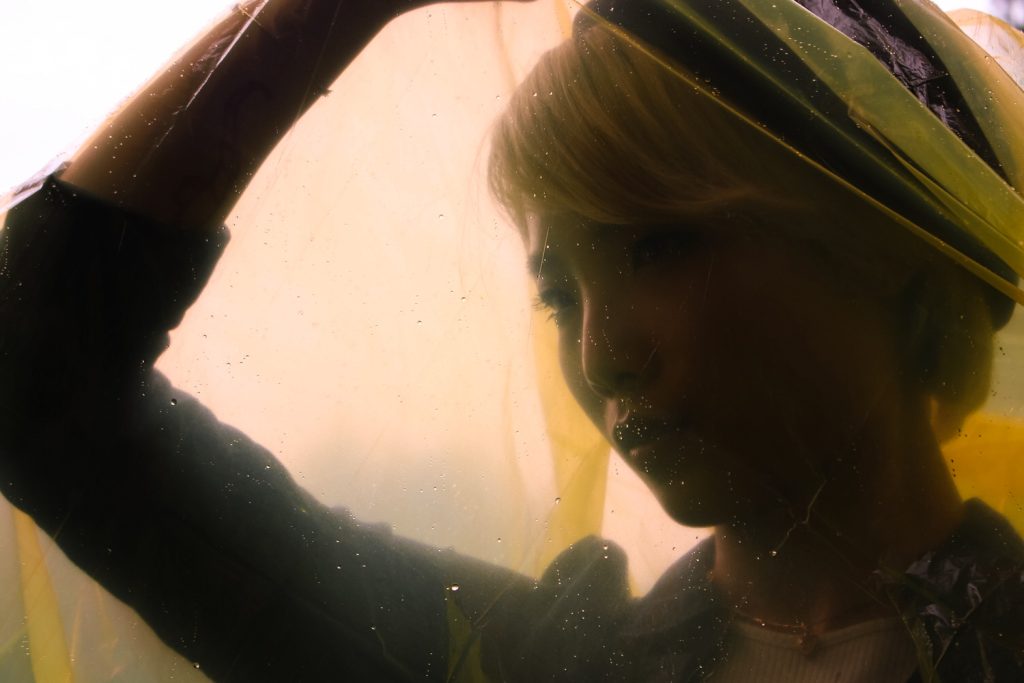
Image Quality
What about image quality?
I’ll show you some photos taken with both in a bit, but first, let’s talk about the differences between these two lenses. Fundamentally, the 18-55mm kit lens is more versatile than the 50mm f/1.4 lens, but at a price.
It does a few things well, but it does nothing perfectly. You can zoom it in and out, and thus get a wider, or a longer lens when needed, but it’ll struggle in low light conditions, and you won’t get the same overall image quality as you will get with the 50mm lens.
Bokeh
Also, you won’t get anywhere near as much Bokeh. You can zoom the lens all the way in, which will get you more Bokeh than when zoomed out, but it still won’t be able to match what f1.4 can do.
Also, if you’re zoomed all the way in, you’re also forced to use an aperture of at least f/5.6, which means that you’ll struggle in low light. So the 50mm wins when it comes to sharpness and Bokeh.
Vignetting
What about vignetting?
Vignetting manifests itself as darkened corners in the image. Both lenses have some vignetting, but it’s not usually a problem, and also, if you’re shooting portraits, which is what I do most of the time, vignetting can actually add depth to them, and help guide the eye to your subject’s face.
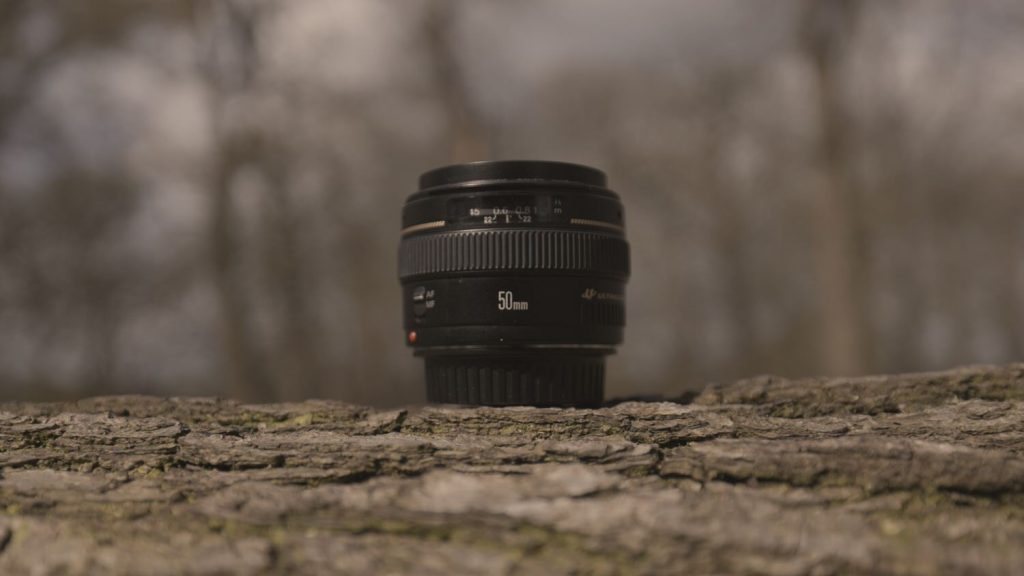
Chromatic Aberration
What about chromatic aberration?
Both will exhibit some, but this isn’t a problem as far as I’m concerned, as only photographers will spot it. Chromatic aberration occurs mostly when shooting in the evening, and it can be spotted if you zoom in on straight lines in the photo.
It usually manifests as a green or purple glow, that runs along straight lines.
Image Stabilisation
What about image stabilisation?
Now, this is where the 18-55mm kit lens gets an edge. You see, the EF 50mm f/1.4 lens does not have any IS, whilst the variable 18-55mm lens does. Make sure to look for IS in the name.
Video
This is why this lens is actually quite good for video. The B-roll that you’ve seen in this video, of the Canon 18-55mm lens, was actually shot on a second 18-55mm kit lens.
This makes this relatively affordable little lens quite useful for video, especially if you’re just getting started.
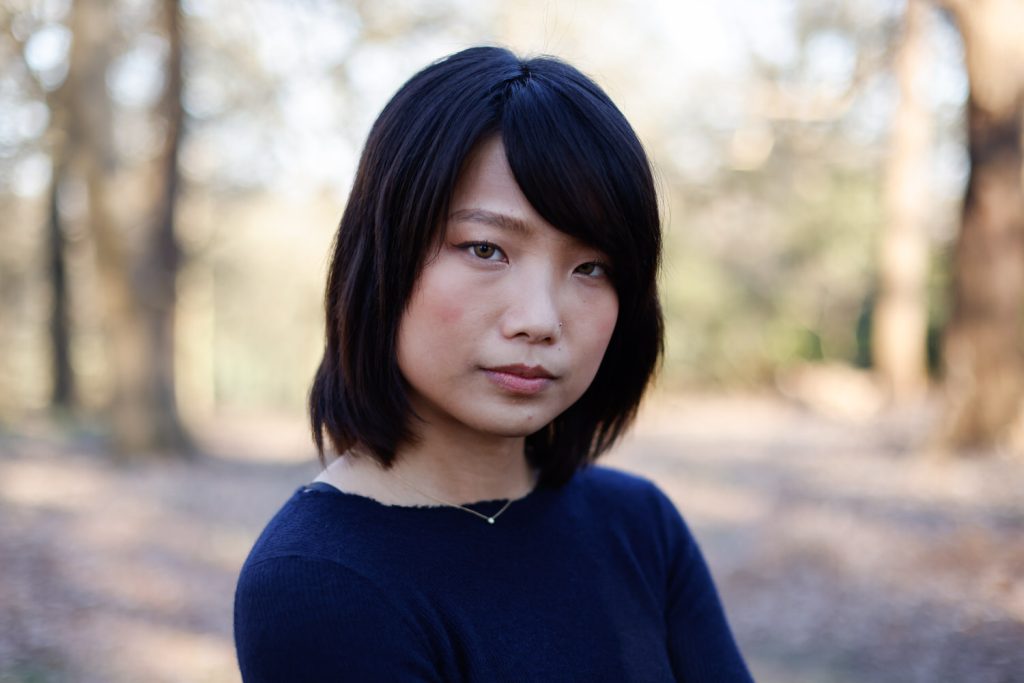
Compatibility
So which cameras are these lenses compatible with?
The Canon EF-S 18-55mm kit lens is compatible with APS-C cameras. In other words, it will work on Canon cameras which have a cropped sensor. It will not work on full-frame cameras such as the Canon 6D.
The Canon EF 50mm f/1.4 will work on any Canon DSLR that has an EF/EF-S mount.
Neither of these lenses will work on EF-M or RF cameras, unless you use an adaptor.
Vlogging
What about vlogging? Can either be used for that?
Well, technically, you can use either. In the case of the 50mm f/1.4 lens, it allows in a lot of light, and you’ll get beautiful Bokeh, at the cost of image stabilisation. Also, you won’t be able to vlog handheld, as a lens at 50mm is pretty zoomed in.
You’ll have to use a tripod, Gorillapod, or place the camera on a flat surface.
In the case of the 18-55mm lens, it doesn’t allow in as much light, which will somewhat limit the locations where you can film and get clean footage, but it is wider, at 18mm, so it’s not as zoomed in, and it has IS, so you get stabilised footage from it.
If you’re not sure which one to get, or how you want to vlog, you should probably just get the 18-55mm kit lens.
YouTubers
What about if you’re a YouTuber, and want to film in your room, with a camera always on a tripod?
In this case, the 50mm f1.4 lens wins hands down. You get more light, a more blurry background, and the lack of IS doesn’t matter, as the lens will always be stationary.
Applications
So what are these lenses good for?
Both are quite versatile, and can be used for basically any application, but I’d say the 50mm f/1.4 lens is more suitable for portraits and headshots, while the 18-55mm is a more all-round lens, and is more suitable for video, out of the two.
Also, when it comes to minimum focusing distance, the 18-55mm kit lens can do 0.82ft, or 25cm, and the 50mm f1.4 lens can do 1.5ft, or 45cm.
What is minimum focusing distance?
Simply put, if you get a lens too close to a subject, it won’t be able to focus. Each lens has its own minimum distance between it and the subject, before it can actually focus.
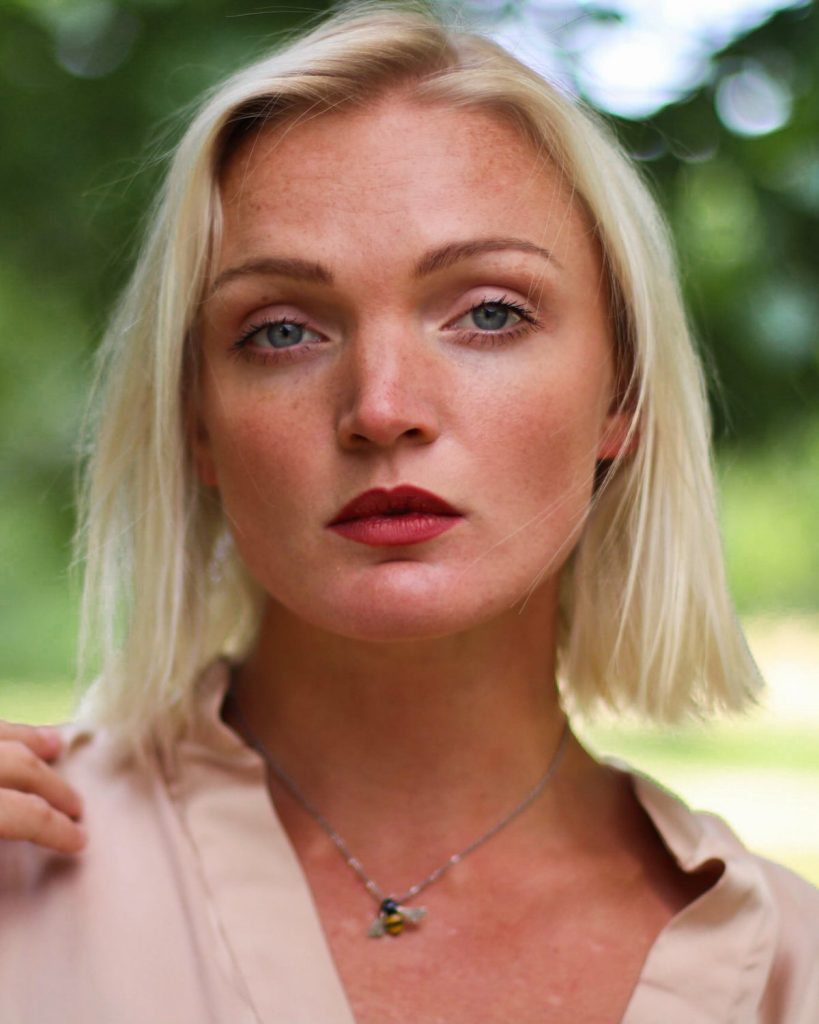
Control
How easily do they handle?
Both of them have an AF/MF switch on the side, which allows you to jump between manual and autofocus. The 18-55mm lens has a zoom ring of course, and they both have manual focus rings.
In the case of lens rings, bear in mind that they’re usually less smooth after a few years of use. Both turn smoothly and easily when the lens is new, but after a while, this won’t hold quite as true.
Longevity
What about longevity? How durable are these lenses?
Neither is particularly sturdy, as both feel kind of light and plasticky. I’d recommend being careful with them, and get them either a hood, or UV filters, to protect the glass element.
Conclusion
So, in conclusion, which one should you buy?
Both of these lenses can produce great images if used properly, and they both have their pros and cons. If you want an all-purpose lens that doesn’t do anything amazingly well, but which is more versatile, and does a little bit of everything, I’d grab the 18-55mm kit lens.
On the other hand, if you want a lens that you want to do portraits or headshots with, and get that beautifully blurred background, the Canon 50mm f1.4 is the way to go.
If you’ve already learnt a bit about photography and videography, and you’d like to graduate to something more mid-range, feel free to have a look at the lens review playlists on my YouTube channel.
I’ve reviewed all sorts of lenses, from the Canon EF 50mm f1.4 and EF 50mm f/1.8, to the Canon RF 15-35mm f2.8 L IS USM, and Canon RF 85mm f1.2 L USM.
If you’d like to purchase any of the items I’ve mentioned in this article, or see how much they cost in your country, I have a link down below where you can view them.
Thank you for reading my comparison review of the Canon EF 50mm f1.4 vs Canon EF-S 18-55mm lens. I invite you to have a look at some of my other articles. We have something for everyone, whether you’re interested in audio, or cameras and lenses. Alternatively, if you prefer video reviews, feel free to have a look at my YouTube channel.
Product Links
Down below you will find all of the items I talked about in this article.

